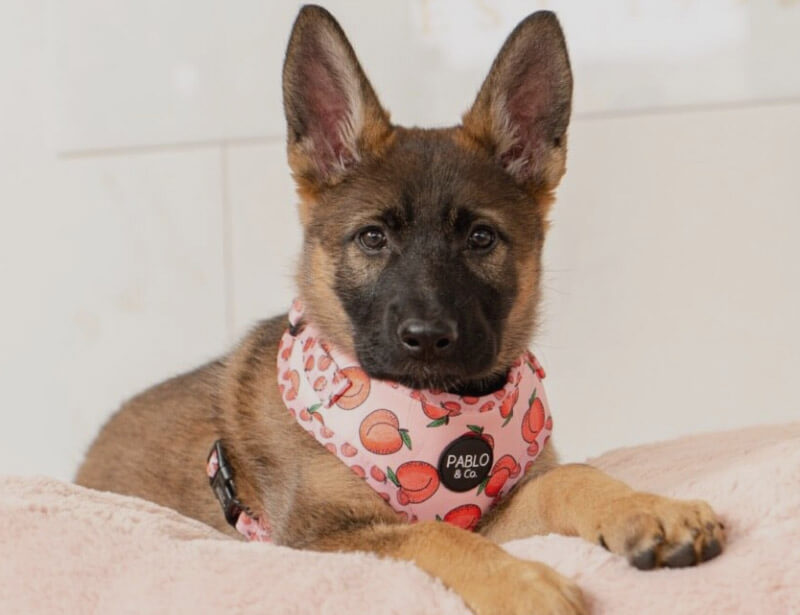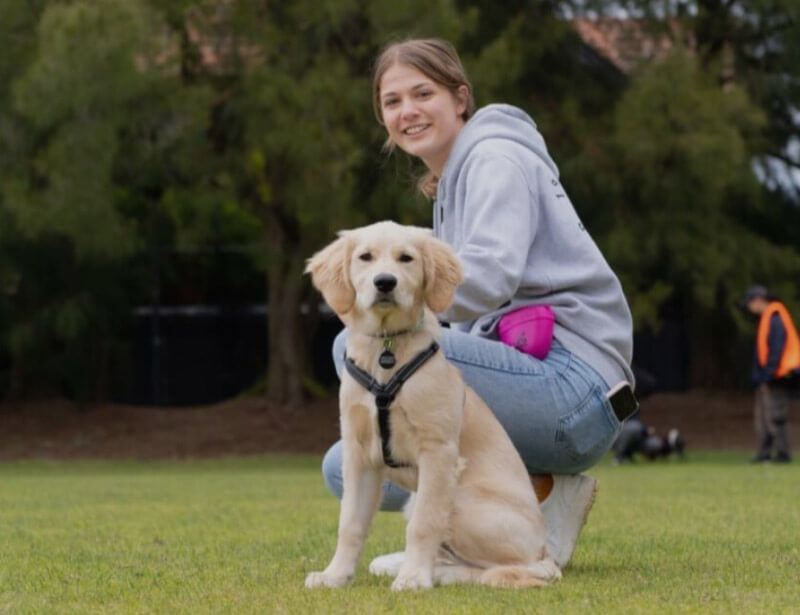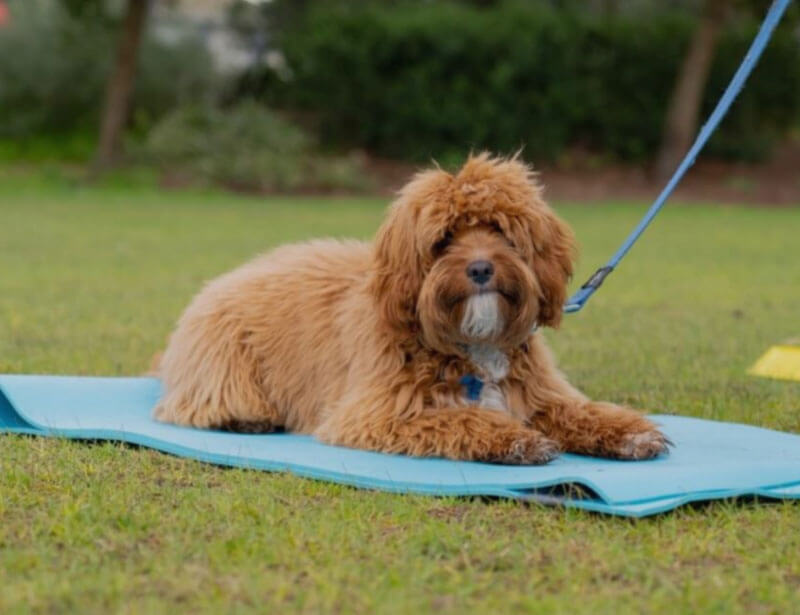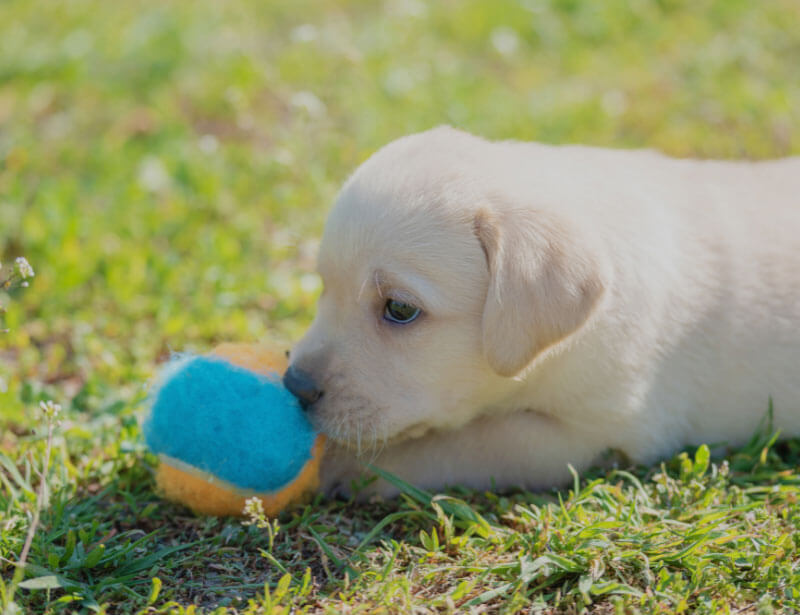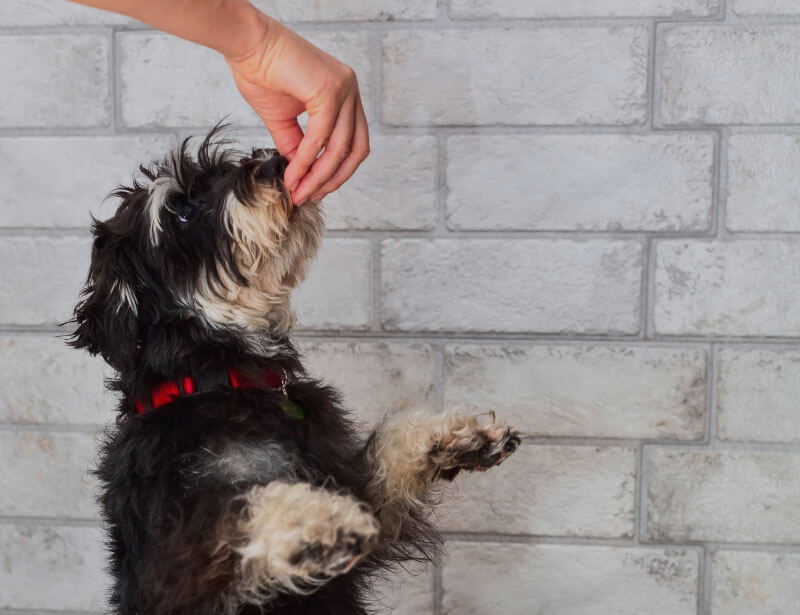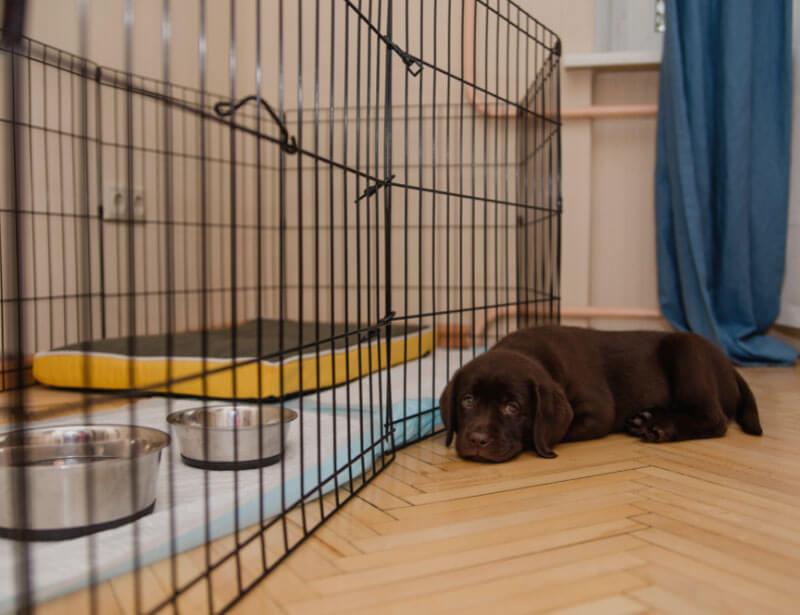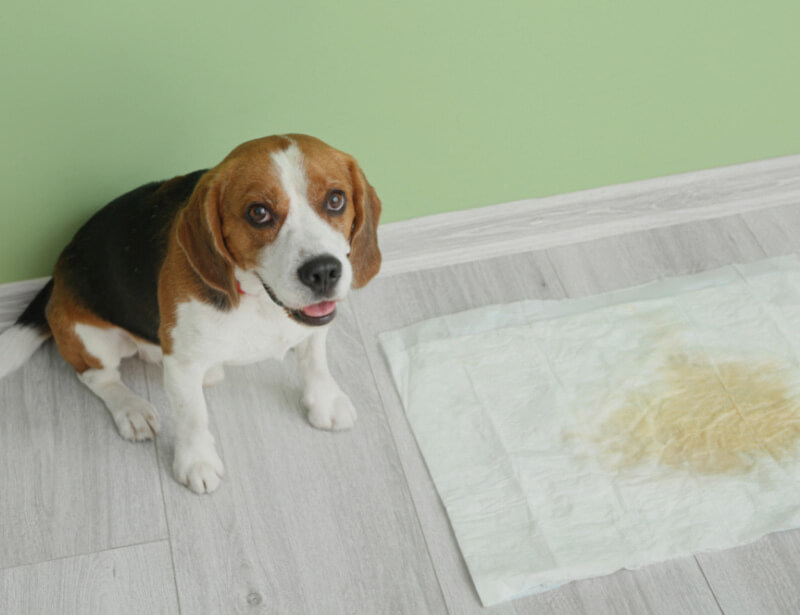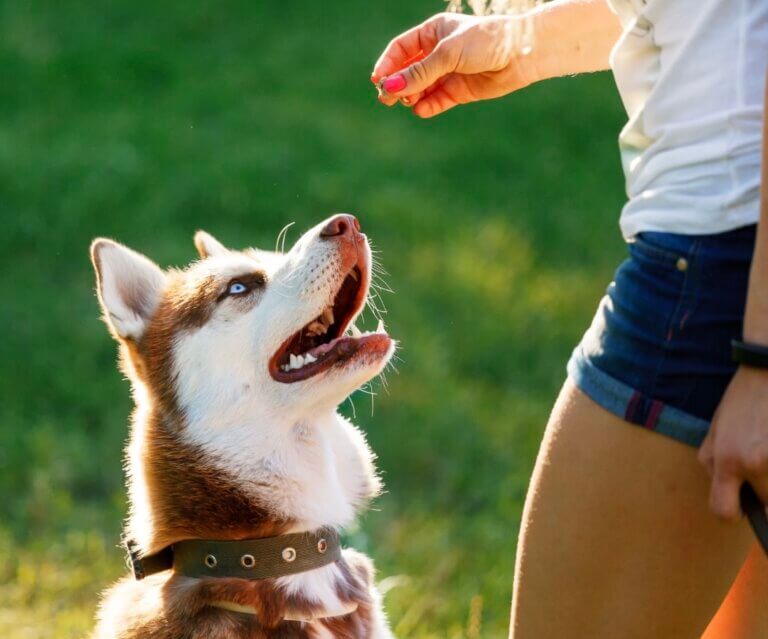Are you a new pet owner looking for advice on how to train your pup? Are you feeling overwhelmed with all the information out there? Don’t worry. We’ve got you covered. This article will provide ten puppy training tips that are easy to follow and can help make the process go smoothly. We’ll discuss socialization, housebreaking, crate training, obedience commands, and more. With these simple steps, you and your puppy will have fun training in no time! So let’s get started!
Why Train Your Puppy?
New puppy owners need to train their pups because it strengthens their bond and helps the pup become a well-behaved family member. Training helps the pup understand what’s expected of them and reinforces positive behaviors while discouraging unwanted behaviors. Training also helps the puppy learn basic commands such as sit, stay, and come, which can be helpful in emergencies.
11 Tips to Training Your New Puppy
1. Start from Day One
Puppies have fun ways of getting your attention. Start from Day One to teach your dog some important skills and have fun with them. A puppy jumping on people can be cute at first, but once they’ve become an adult, it can be annoying and become a problem in the end. Take the lead in training your puppy to avoid undesirable behaviors, and you’ll save yourself a lot of frustration. By setting clear boundaries and rewarding positive behaviors, you can help your puppy grow into a well-behaved and obedient adult dog.
2. Establish a routine
Establishing a regular feeding, nap, and playtime routine for your new puppy is an essential part of its training. This can help teach it the basics of obedience and structure early on and keep it from developing behavioral problems. It also offers consistency to your pup so that it knows what’s expected daily. Plus, if your schedule allows for some flexibility and creativity in setting up that routine, it can be an enjoyable experience for you and the pup. For example, you might find yourself playing games like fetch or Frisbee during play sessions – activities that can provide plenty of fun for both in addition to reinforcing good behavior. Creating a solid routine is key to helping your pup succeed in training; if you add extra fun, everybody wins!
3. Teaching the basics
Teaching basic obedience commands to puppies is one of the essential tips for new puppy owners. Commands like “sit” and “stay” are necessary for establishing essential boundaries and providing safety for your pup. Getting started as soon as possible helps to ensure that your puppy knows what is expected of them and develops healthy behaviors from a young age. With consistency, patience, and praise, teaching these commands can become an enjoyable activity for both you and your new pet. Furthermore, by making it fun and upbeat, your pup will associate the commands with happy experiences and look forward to learning more over time.
4. Be consistent with commands
Training your puppy for the first time can be pretty challenging, but some tips can make the experience easier. One of them is to be consistent with how you communicate commands. Using the exact words and phrases each time you train, your pup will learn faster as they recognize patterns in your behavior. Not only will this speed up the training process, but it can also make training enjoyable for both owner and puppy. Allow your pup to have fun while they practice simple tricks by rewarding them with treats or cuddles when they get it right, much like a game of Nintendogs! If you stay focused and consistent throughout their training journey, you’ll be able to find joy in seeing your pup progress.
5. Use positive reinforcement when training your puppy
Training a puppy is an essential task for any new owner; using positive reinforcement can be an effective way to go about it. Positive reinforcement works by giving your pup rewards when they show desired behaviors, such as responding to commands, staying off the furniture, or going outside to use the bathroom. This reinforces their good behavior, making them more likely to do it again. Additionally, rewards can make training sessions enjoyable for both you and your pup. Praise is often enough for puppies; verbal affirmations for a job well done can be very satisfying. For extra motivation, treats are also helpful tools that reward good behaviors. With patience and care, using positive reinforcement when training a puppy can be an enjoyable experience that will foster a close relationship between you and your pet!
6. Crate train to help your puppy adjust to being left alone in a safe space while you’re away or at work
Crate training is a great way to help your canine companion adjust to being left alone in a safe space, such as when you’re away or at work. This kind of positive training teaches your pup gradually how to be comfortable and relaxed without you around. To make it even more enjoyable for both of you, consider turning crate time into special bonding moments with tasty treats, comforting toys, and chewy goodies they can enjoy while you’re away. There are even unique interactive puzzles on the market designed to keep them engaged while they wait in their favorite spot. In addition, short bursts of exercise outside the crate will also help release their energy, providing them with fresh air and one-on-one time with you. Furthermore, Crate training shouldn’t be seen as a punishment; instead, it’s simply a valuable tool for helping your puppy adjust to life without a mom or dad on duty all the time.
7. Be Patient
Puppy training can be frustrating, especially if you have high expectations or unrealistic goals. Always remember that in this stage, puppies are still developing, and they will make mistakes. Patience is key!
Don’t get frustrated when your puppy doesn’t follow your commands in one go. Keep training sessions short and positive!
Another thing to remember is that all puppies learn at their own pace. Some may pick up commands quickly, while others may take longer. Be patient and give your puppy time to learn.
8. Introducing your pup and teaching them how to socialize
Socialization is also an essential part of teaching your puppy. Introducing them to new people, places, and other animals will help them become well-rounded and comfortable in different situations. Expose your puppy to different sights, sounds, smells, textures, and experiences. Introducing them to new people, other animals, and places will help them get used to new environments. Early socialization will help your puppy develop good manners and reduce the likelihood of behavior problems in the future.
9. Let your puppy explore its environment during supervised playtime
Letting your puppy explore its environment during supervised playtime is an excellent way to help it feel more comfortable in new surroundings, making future training sessions much simpler for the new pet owner. If an owner and their puppy enjoy exploring their environment together, it can lead to stronger bonds that will make all future efforts easier. For the best experience, incorporating lots of positive reinforcement and loving rewards such as treats or scratchy tummy rubs can make this bonding activity fun and rewarding for both the pup and the handler.
10. Supervise your puppy
Puppies are very curious and enjoy exploring. Keep a close eye on your puppy to ensure they don’t get into trouble or engage in inappropriate behavior. Supervising your puppy will also help you catch and correct bad behavior before it becomes a habit. Look out for signs when your furry friend needs to go outside, such as sniffing, or circling to prevent a bad habit of indoor accidents.
11. Don’t overdo it
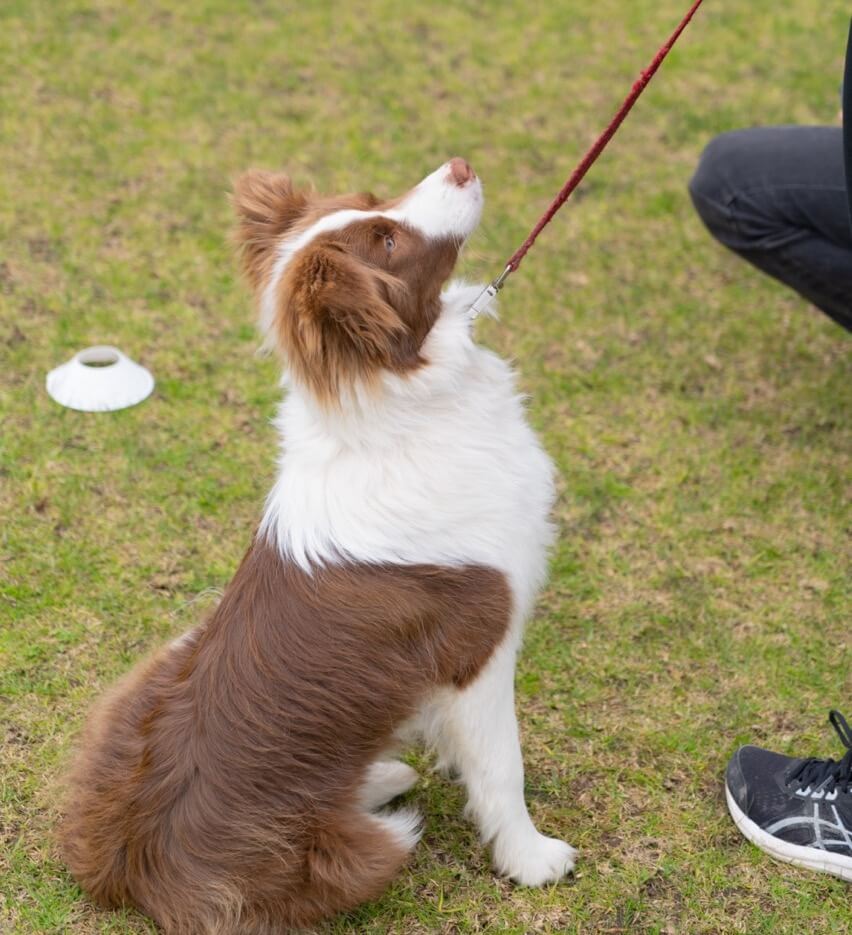
In conclusion, adding a new puppy to your family can be a rewarding experience. However, it’s safe to say that it also has a fair share of challenges, especially regarding training. By following the top eight puppy training tips we outlined, you can set yourself and your furry friend up for success. Just remember to be patient, and consistent, and always use positive reinforcement.
If you find that you need additional support, consider reaching out to Positive K9 Training. Our team of experienced and knowledgeable trainers can provide professional assistance and guidance to help you and your puppy navigate the training process successfully. Don’t hesitate to reach out and take the first step towards building a strong and healthy bond with your four-legged best friend.
